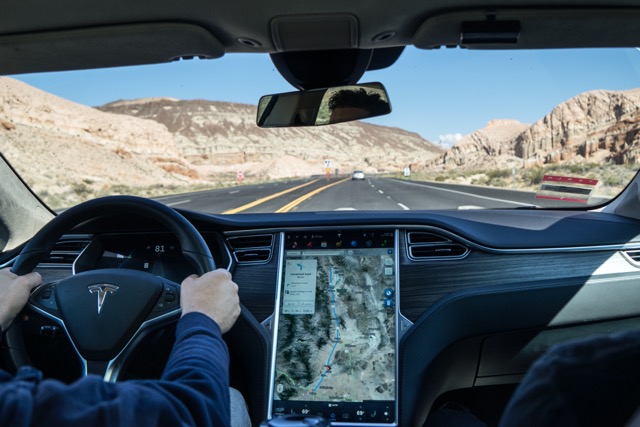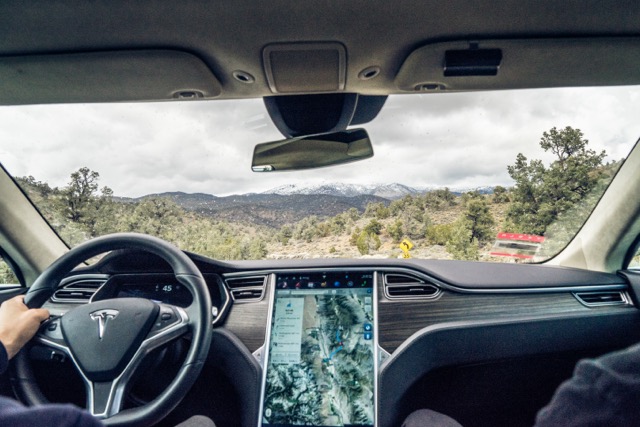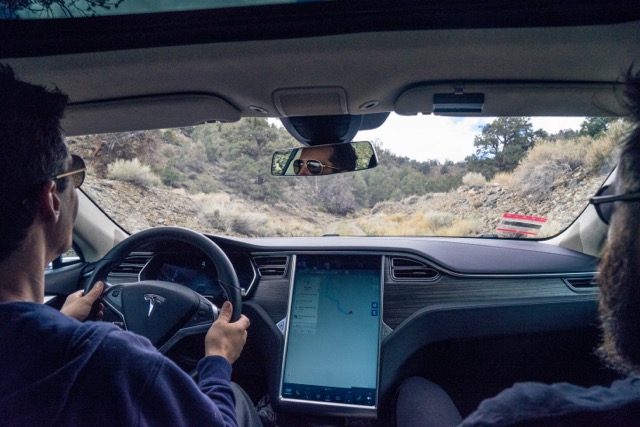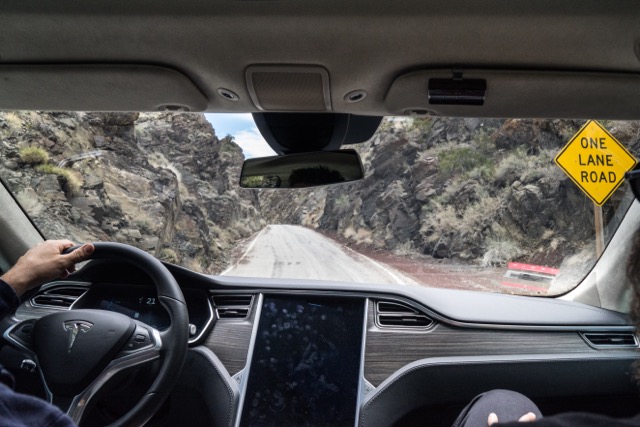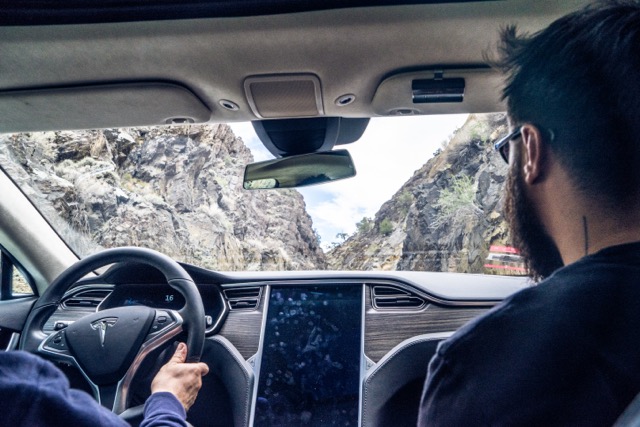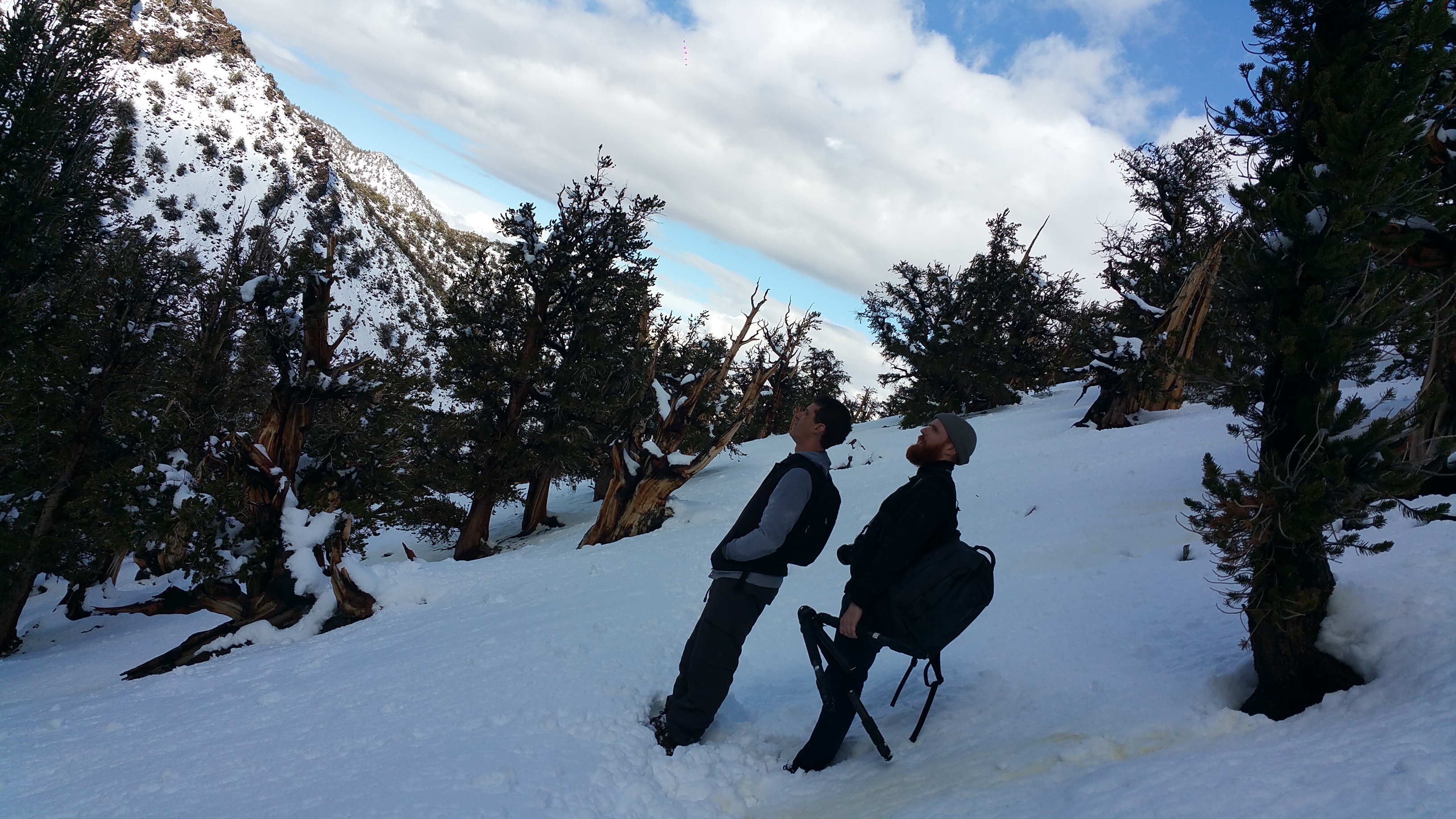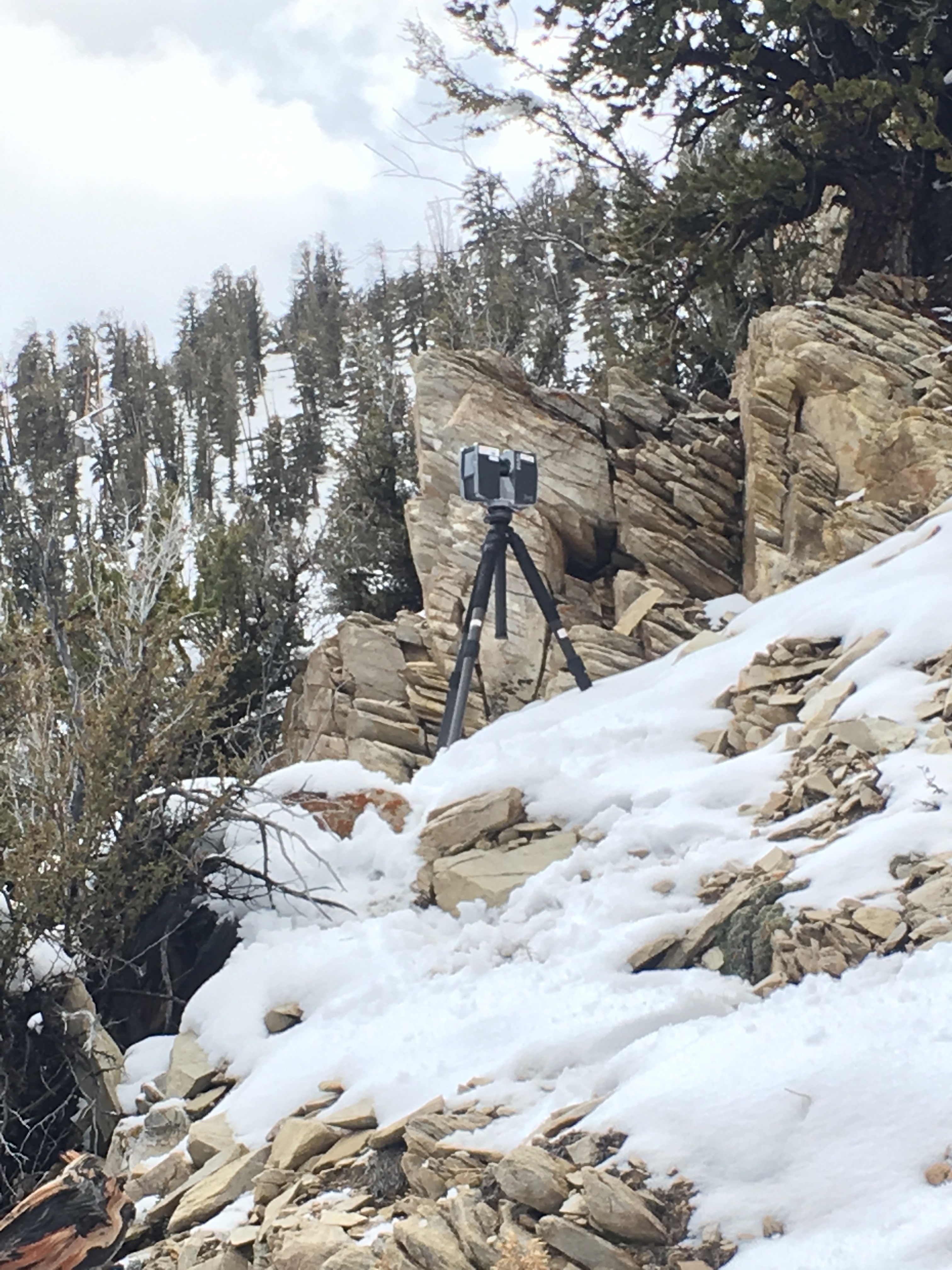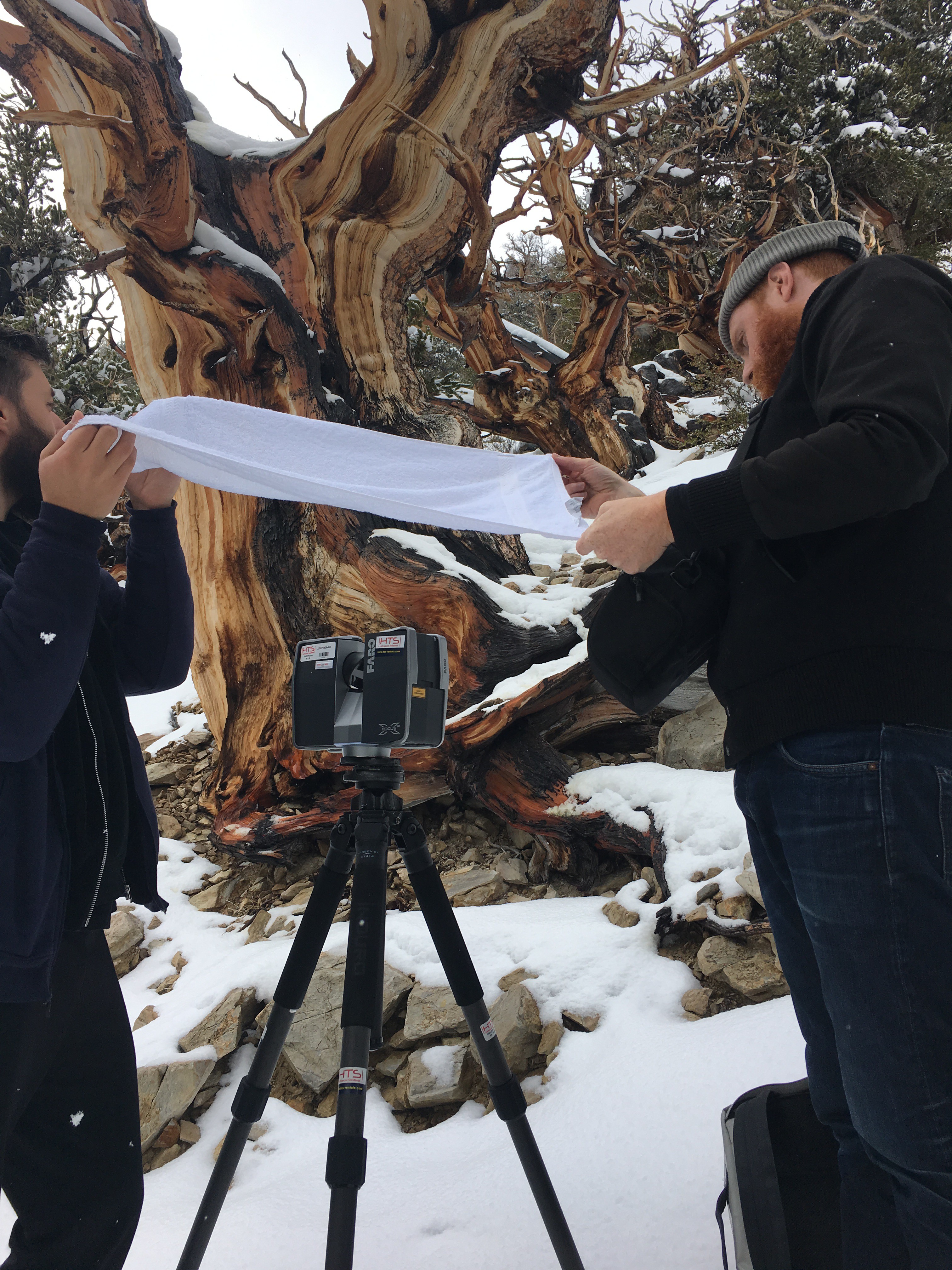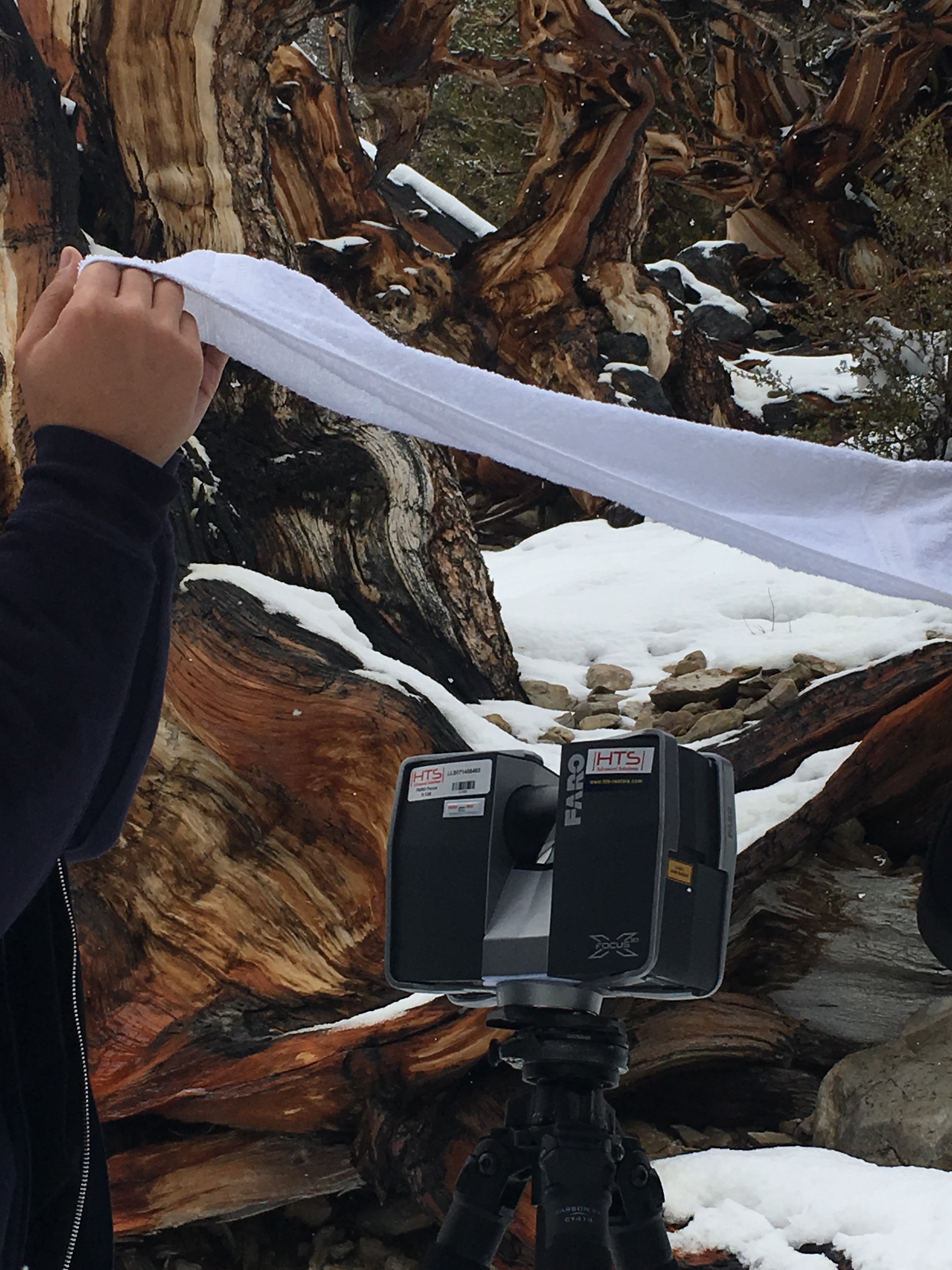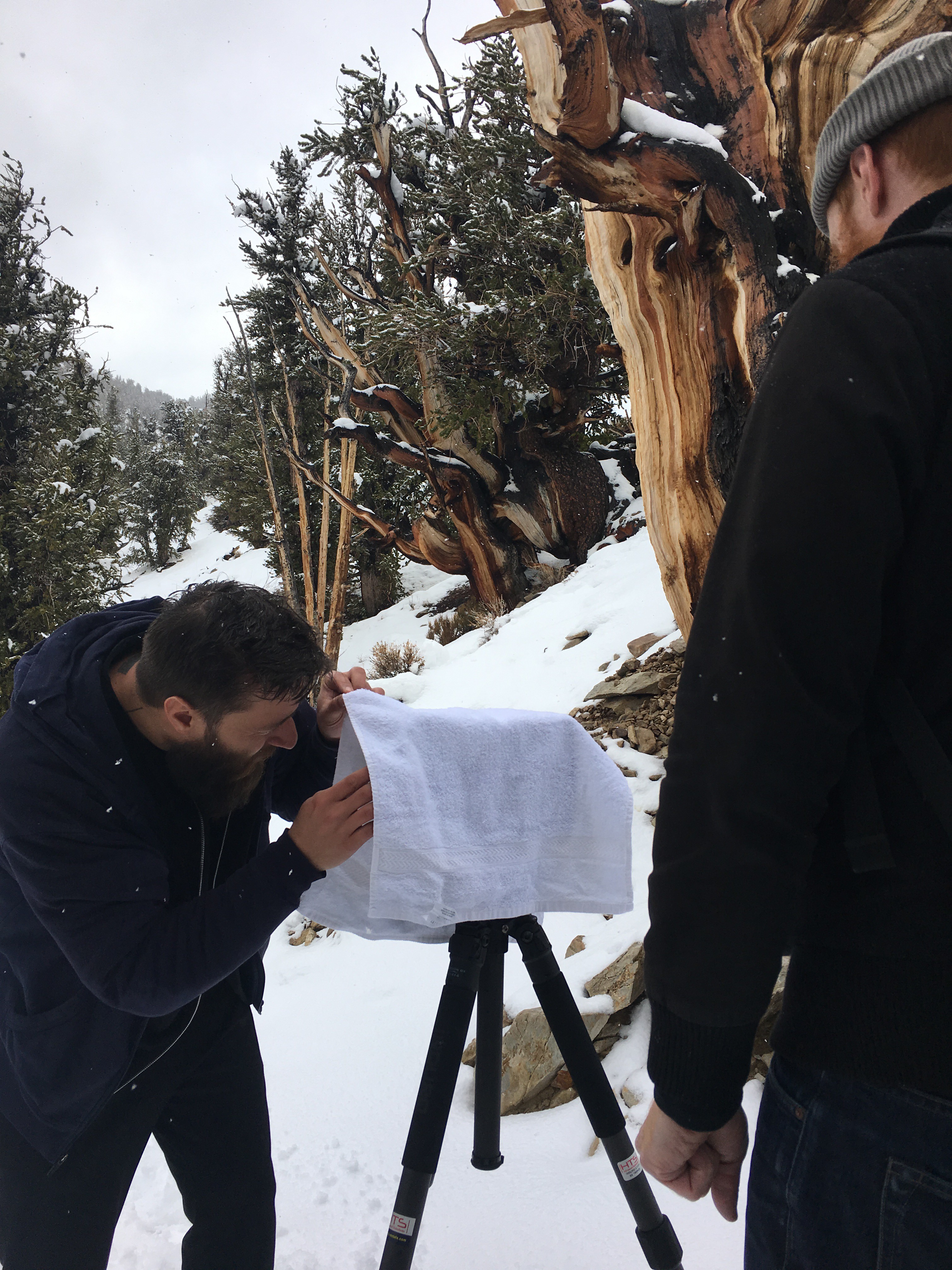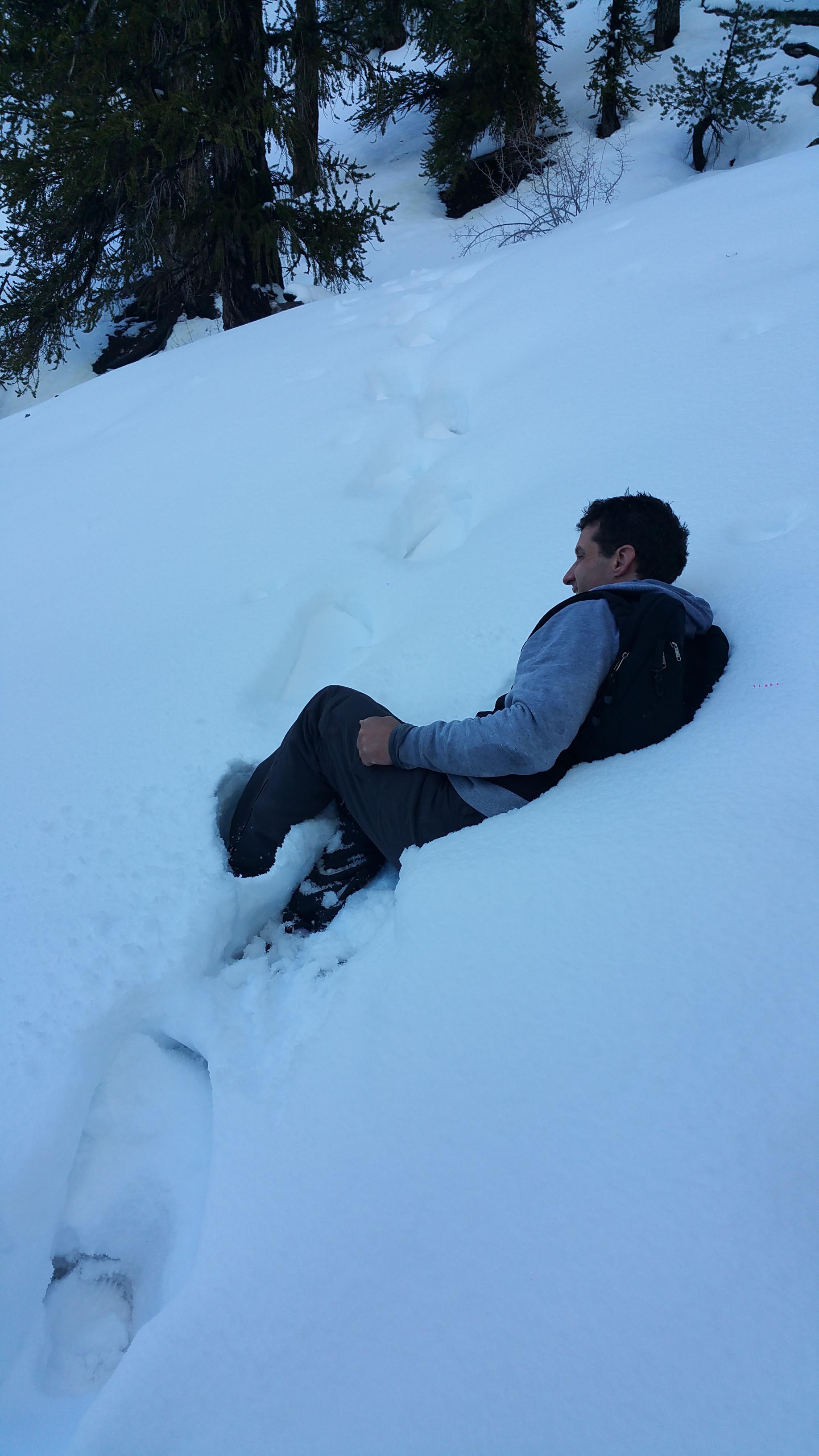 The Oculus developers conference is a hot ticket in Los Angeles this week! After a few months looking for the best experiences to play with on with my Samsung Gear VR (powered by Oculus), it’s clear developers and creators are calling many different types of content and experiences “VR”.
The Oculus developers conference is a hot ticket in Los Angeles this week! After a few months looking for the best experiences to play with on with my Samsung Gear VR (powered by Oculus), it’s clear developers and creators are calling many different types of content and experiences “VR”.
At its essence, a major part of Virtual Reality is your state of mind. This makes labeling anything challenging. Simple text messaging with a friend puts me in a “Virtual Reality”, and I clearly feel like I’ve left my current space, and am “with” that person.
If your just starting to explore this emerging industry, and looking to understand the ecosystems and hardware for consumers and creators today, here is a simple explanation of the different terms being used on the road to technology that can truly create a virtual world for all senses.
360/Spherical video
360 degrees of 2D video mapped onto a sphere. Think of cutting up a map and putting it around a globe, but your inside the globe looking out.
Here now – no extra hardware needed. For consumers, it works on iOS, android, YouTube, Chrome, and in many apps/browser plug ins.
User controls the POV from the fixed camera angle across 360 degrees of vision, you cant move the camera’s fixed perspective.
No interaction with environment.
Lots of hardware available to capture this now, its getting cheaper every day.
Here is a 360 video example from Discovery (but notice they call it VR….)
https://www.youtube.com/watch?v=aQd41nbQM-U
Facebook announced support for 360 video today
http://newsroom.fb.com/news/2015/09/introducing-360-video-on-facebook/
Where it gets a bit confusing is when you watch 360 videos with a headset like cardboard or Samsung gear VR. In this state, instead of using a mouse or your finger to move the camera angle, you can move your head to change perspective. With a headset, the spherical video covers your entire field of vision, and some assume the leap to VR happens here. To me, its too passive to call VR.
3D 360 (stereoscopic)
Taking all the the above but in true 3d. I find Its sometime hard differentiate between 2d and true 3D 360 video. 2d 360 kinda feel like 3D to me….
Headset or eyewear required, ideally headphones as well.
Your still in a fixed perspective and not interacting with elements in the video.
Harder to film live action as you need 360 and 3D rigs. Easier to achieve in rendered game environments.
From my experience, this is where great sound design makes a big impact, combing 3D 360 with sound cues, it all starts to come together. Again, still trying to resist calling this VR because there is so much more to strive for.
AR
A slight departure to mention AR – People seem really excited about augmented reality. It’s not as interesting to me but needs to be mentioned. Maybe that just my nature, i want to swap out the whole of reality, not augment it! My phone does a fine job of augmenting things today. My car had a heads up display and I wont even go to my experience with google glass
Headset needed.
Rendered assets over reality (think google glass and/or a heads up display).
User controls, and can process and interact with Augmented elements displayed over reality.
Virtual Reality
This gets very subjective, but the “true” Virtuality I see is in 3D, with a headset and headphones, with the ability to control camera’s POV. Your interacting with the environment, and other people, and ideally you have hand controllers and motion sensors that let you controll all aspects as if you were really there (oculus demoed their controls yesterday!).
Much harder to film, I’m not sure how or if you can even do this today with live action, but I think gaming is where this becomes attainable in a really cool way to start.
Today Oculus is making some big announcements at there confernce, so I will leave the further exploration of what it can be until after the keynote today. As with all early stage emerging space, everything may change by the end of the day!

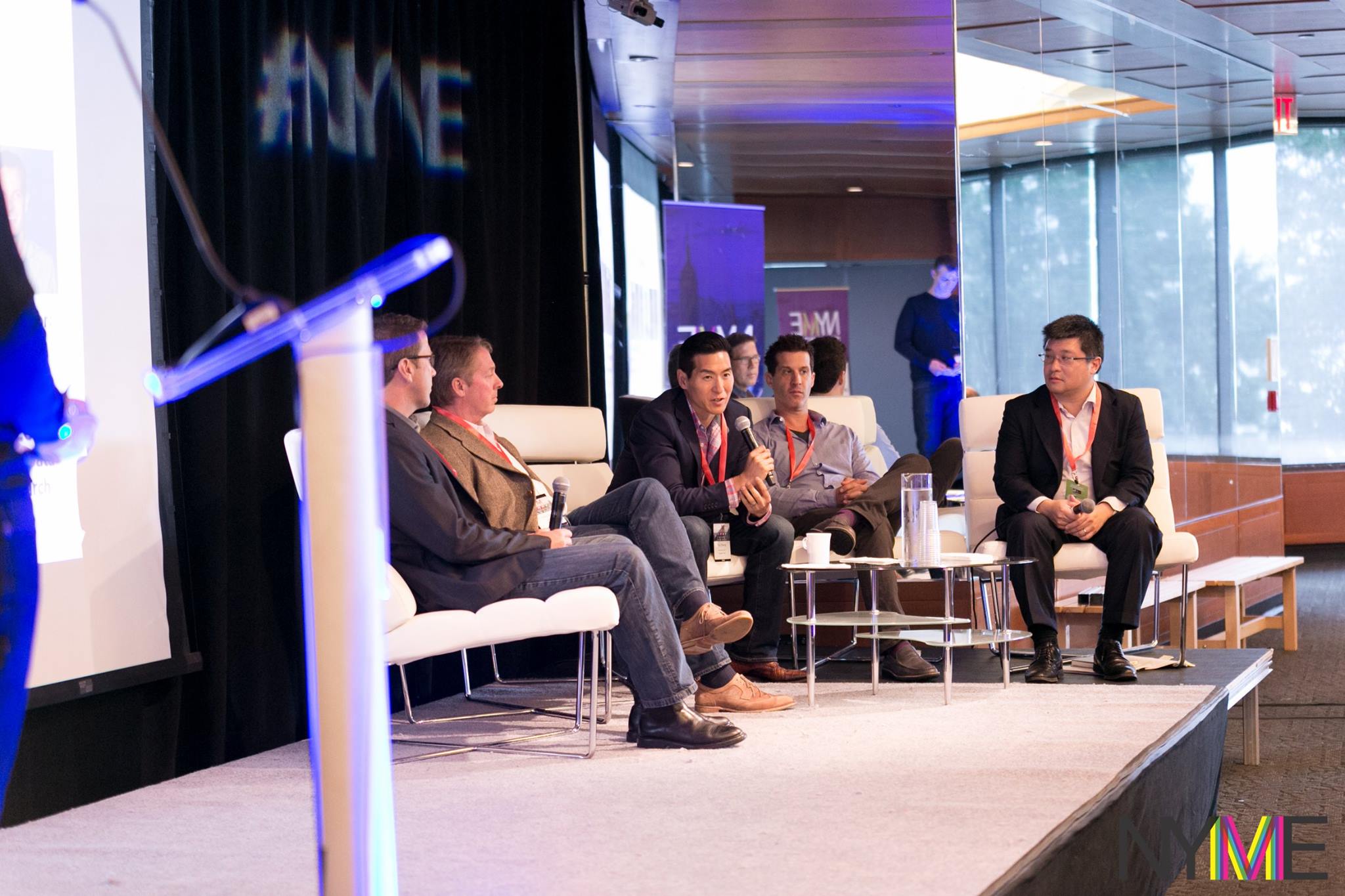

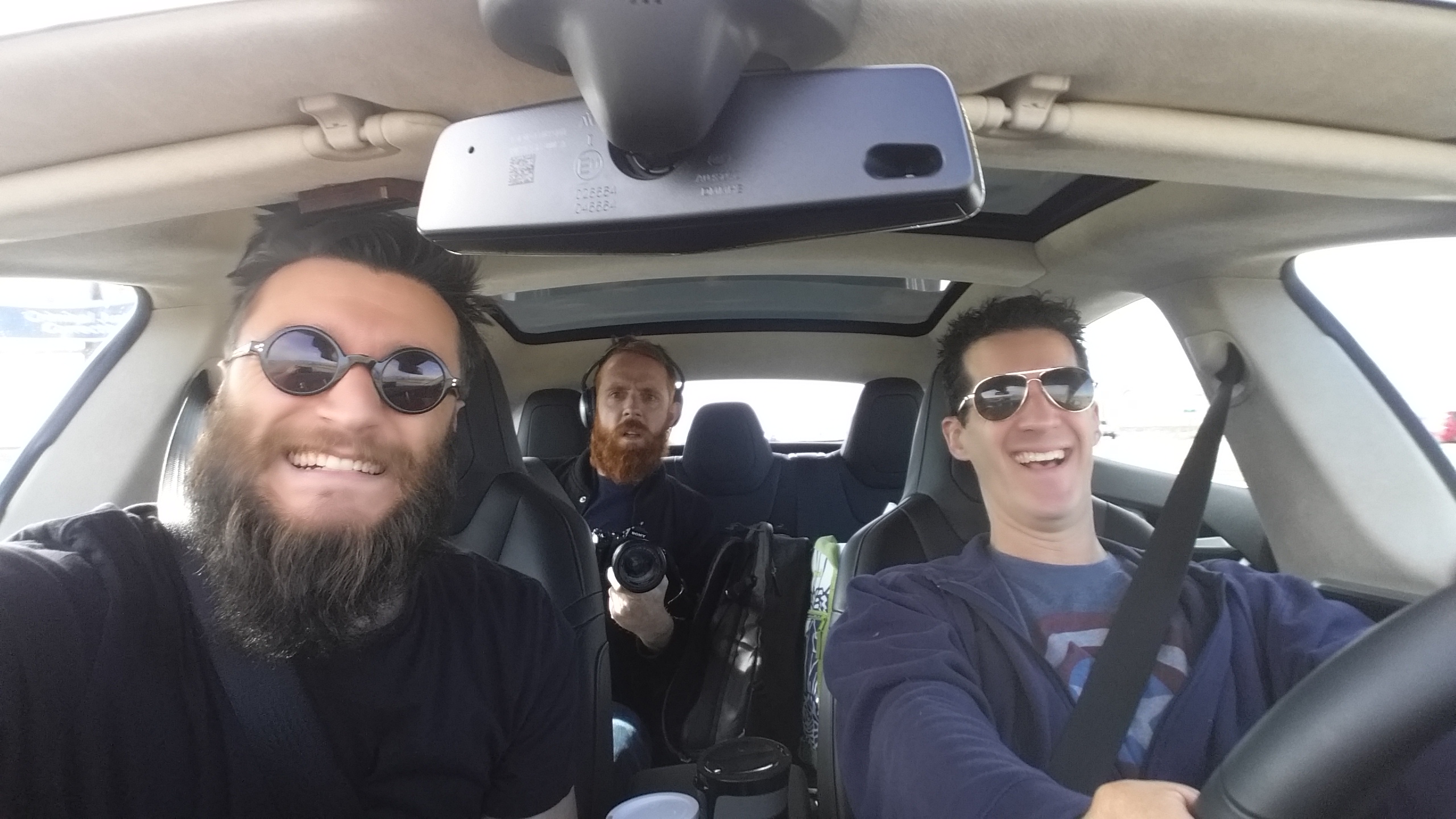 But before fear of snowy death brought is together, true passion for VR is where the journey started. If you’ve tried presence based VR, (That is the high end headsets coming out now from Oculus, HTC and Playstation), you learn quickly
But before fear of snowy death brought is together, true passion for VR is where the journey started. If you’ve tried presence based VR, (That is the high end headsets coming out now from Oculus, HTC and Playstation), you learn quickly 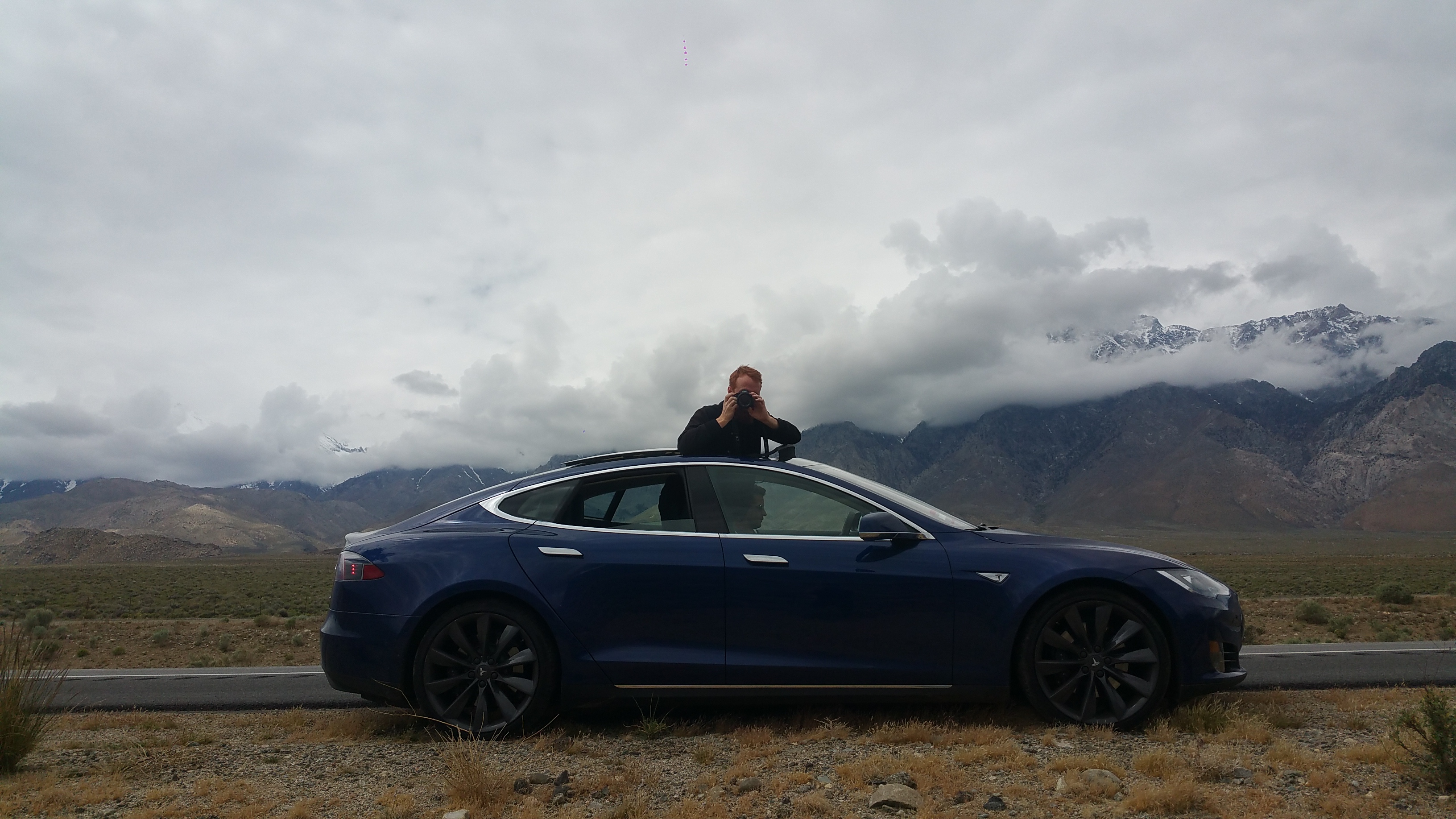 the powerful graphics and capabilities don’t just make a great VR experience, they leave a lasting impact long after the headset comes off. This is what mass consumers don’t yet know about high end VR – See a forest in VR, care more about nature for days after your experience.
the powerful graphics and capabilities don’t just make a great VR experience, they leave a lasting impact long after the headset comes off. This is what mass consumers don’t yet know about high end VR – See a forest in VR, care more about nature for days after your experience.
